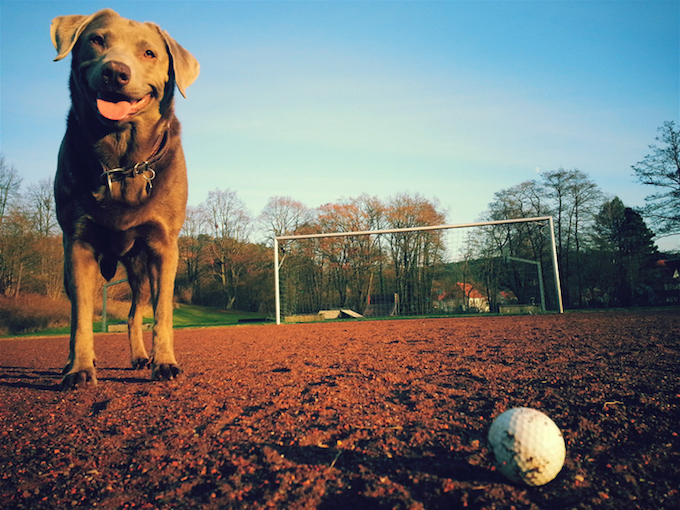Lead poisoning in dogs often happens when a dog has too much lead in their blood. Usually, the condition is caused by exposure to too much lead.
Interestingly, many cases of the condition are found during the warmer months of the year. Additionally, young pups suffer from the condition more than adult dogs.
Unfortunately, the condition is considered to be an emergency situation.
Technically, the condition is also known as lead toxicity.
If you see the signs of the condition in your dog, then get to a veterinarian for a proper diagnosis and treatment.
Here’s what you should know about the symptoms, causes, and treatments for the condition.
Symptoms of Lead Poisoning in Dogs
The condition produces a wide range of symptoms. For example, some of the most common symptoms include:
- Diarrhea
- Acting lethargic
- Vomiting
- Loss of appetite
- Blindness
- Peeing more than usual
- Shortness of breath
- Seizure
- Stomach pain
- Anxiety
Causes of Lead Poisoning in Dogs

The cause of the condition is usually a dog being exposed to too much lead. For instance, some of the common ways include:
- Golf balls
- Lead paint chips
- Plumbing materials
- Shower curtain weights
- Soldering materials
- Wine bottle foil
- Fishing weights
- Dishes (made before 1977)
- Car batteries
Additionally, drinking water that is contaminated with lead can cause the condition.
Treatments for Lead Poisoning in Dogs
Firstly, your vet will ask about your dog’s symptoms. Secondly, your vet will ask about any circumstances where your dog could have been exposed to lead
Thirdly, a full physical examination will be carried out. Blood and urine tests will be taken. Specifically, the subsequent results of the blood tests can diagnose the condition.
Unfortunately, the condition is considered to be an emergency.
Generally, treatment begins with chelation therapy. This is a detoxification process. Specifically, it stops lead in the gastrointestinal system being absorbed by the body.
Additionally, your dog’s stomach will be cleaned. This is a process called gastric lavage.
Finally, in some cases, medication can help. As always, if your vet prescribes your dog any medicine, make sure to stick to the correct dose and frequency instructions. Also, complete the full course of medicine.
Ultimately, prevention is better than cure with this condition. So keep your dog away from products containing lead. Also, you can read more about protecting your dog from poisons in general here.
Have you ever cared for a dog who suffered from this condition? How did your vet help your dog recover? Let us know in the comments section below.







